Management Group
- Shigeru Yoshida (International Center for Hadron Astrophysics, Chiba University, Director) convener A01 PI
- Soichiro Morisaki (Institute for Cosmic Ray Research, The University of Tokyo, Assistant Professor) Summer school lead A02 PI
- Masaomi Tanaka (Astronomical Institute, Tohoku University, Associate Professor) Workshop leadA03 PI
- Motoko Serino (College of Science and Engneering, Aoyama Gakuin University, Assistant Professor) Astrophysical Database Computerization A04 PI
- Koji Noda (International Center for Hadron Astrophysics, Chiba University, Associate Professor) Secretary A05 PI
- Akira Okumura (Institute for Space–Earth Environmental Research, Nagoya University, Jr. Associate Professor) Diversity lead B01 PI
- Daisuke Yonetoku (College of Science and Engineering, Kanazawa University, Professor) Conference lead B02 PI
- Shigeo Kimura (Frontier Research Institute for Interdisciplinary Sciences, Tohoku University, Assistant Professor) Networking young researchers C01 lead
- Masaru Shibata (Yukawa Institute for Theoretical Physics, Kyoto University, Professor) Evaluation committee of Public Research C02 lead
- Aya Ishihara (International Center for Hadron Astrophysics, Chiba University, Professor) Evaluation committee of Public Research
- Kipp Cannon (Faculty of Science, The University of Tokyo, Professor) Promotion of Internationalization
- Aya Bamba (Faculty of Science, The University of Tokyo, Associate Professor) Public Outreach Networking young researchers
Subgroup A01 Extreme astronomical phenomena probed by neutrinos
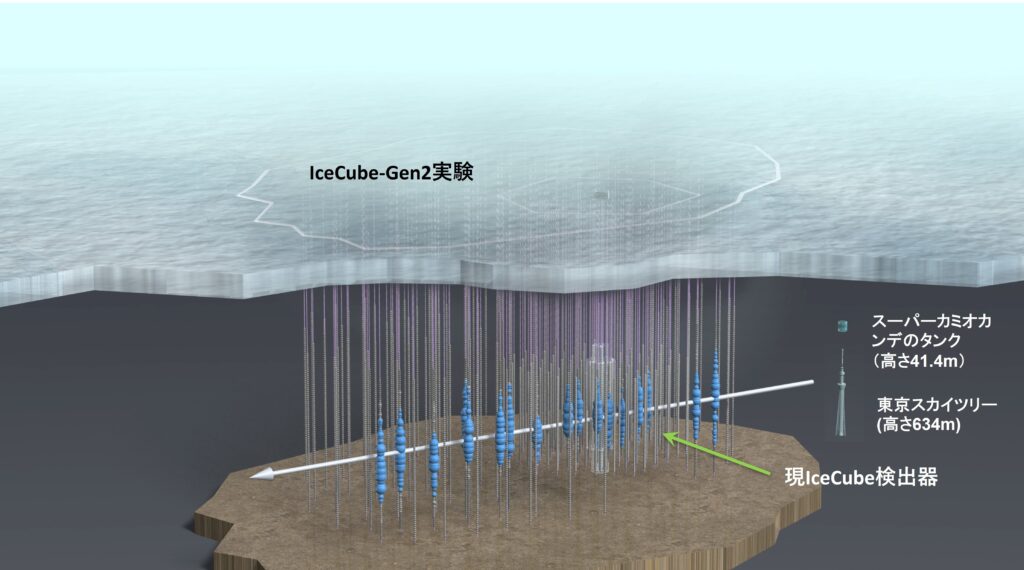
We create multi-messenger astrophysics by combining observations by IceCube, the world’s largest high-energy neutrino observatory, with multi-wavelength electromagnetic wave observations. We will develop, construct, and operate a new stream of real-time neutrino detection alert channel optimized for identifying high-energy neutrino sources by follow-up observations in the visible and near-infrared wavelength bands. This will allow us to detect neutrino emission from the objects such as low-luminosity gamma-ray burst sources and supernovae interacting with circumstellar matter, which has been challenging to identify as neutrino sources in the past, and will pave the way toward a deeper understanding of the origin of cosmic rays. In addition, we will search for the transient emission of neutrinos in the GeV (billion electron volts) band, for which observation sensitivity will be dramatically enhanced by the upgrade of the IceCube experiment. We open the GeV neutrino observation window through cooperative observations with X-ray observation satellites. Because the GeV-energy neutrino emission is expected to be driven by massive energy release associated with the formation of black holes, this observation will reveal the inner aspects of high-density plasma where electromagnetic waves are shielded. Furthermore, we will search for unknown astronomical transient phenomena by looking at the correlation between the sky seen by X-rays and the sky seen by neutrinos. In addition to the data analysis, we will develop and fabricate a new type of detector to increase the sensitivity of multi-messenger observations. We will work towards the launch of the IceCube-Gen2 experiment, the next phase of IceCube.
Members List

International Center for Hadron Astrophyscs, Chiba University, Director

International Center for Hadreon Astrophysics, Chiba University, Professor
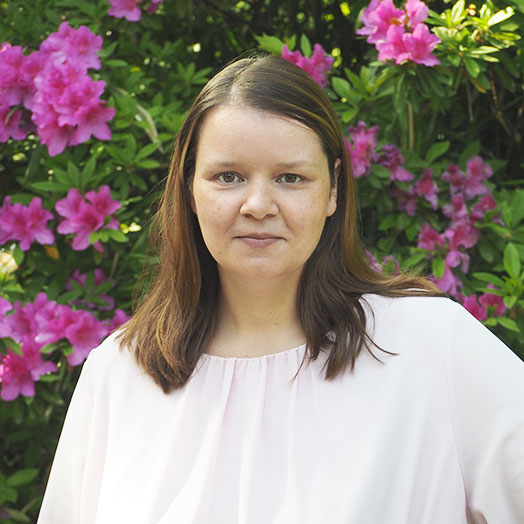
International Center for Hadreon Astrophysics/Graduate Schoole of Science, Chiba University, Assistant Professor
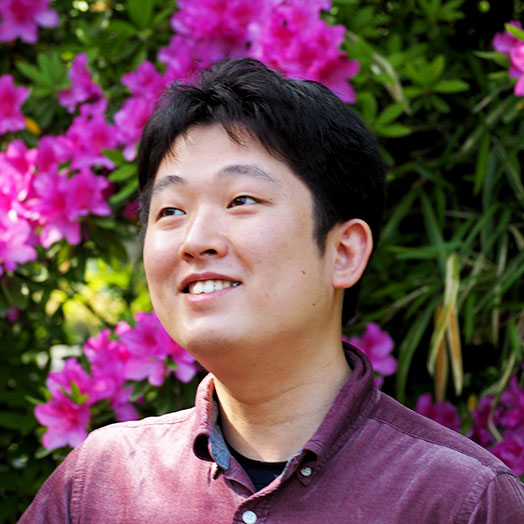
International Center for Hadreon Astrophysics/Graduate Schoole of Science, Chiba University, Assistant Professor
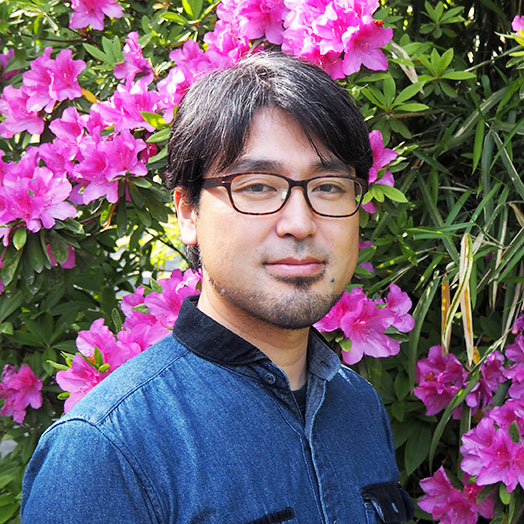
International Center for Hadreon Astrophysics, Chiba University, Assistant Professor
A02
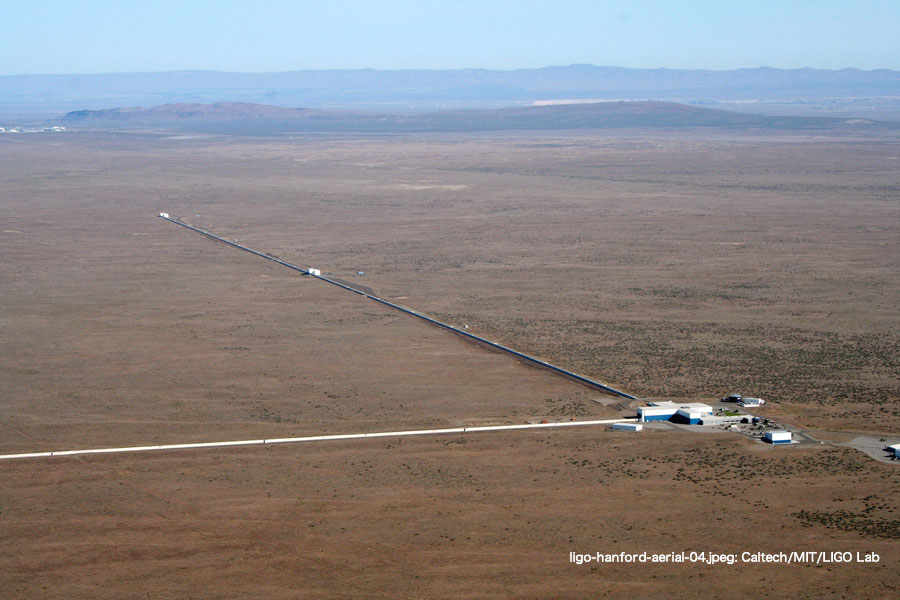
We are going to improve the low-latency gravitational-wave alert system of LIGO-Virgo-KAGR for successful multimessenger observations of binary neutron stars and neutron star-black hole binaries. We are going to develop low-latency parameter estimation software, enabling accurate estimates of source location and binary masses within minutes after detection. We are going to improve the sensitivity and computational efficiency of the low-latency search software, GstLAL, to detect weak signals and send alerts within seconds after or even before the coalescence part of signals arrives at the Earth. We are also going to incorporate KAGRA data into the low-latency system for more precise source localization. Combining gravitational-wave and electromagnetic data in coordination with the electromagnetic groups, we are going to measure the propagation speed of gravitational waves, the Hubble constant, and potential additional polarization modes of gravitational waves.
Members List

Institute for Cosmic Ray Research, The University of Tokyo, Assistant Professor)
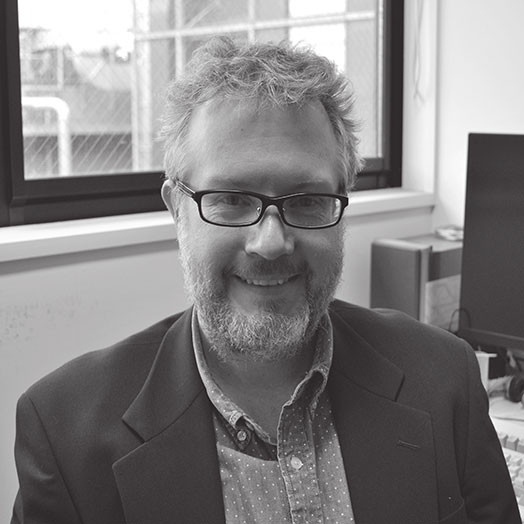
Research Center for the Early Universe, School of Science, The University of Tokyo, Professor
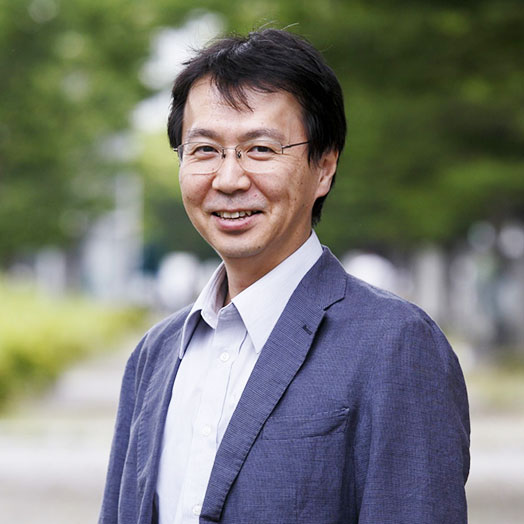
Institute for Cosmic Ray Research, The University of Tokyo, Professor
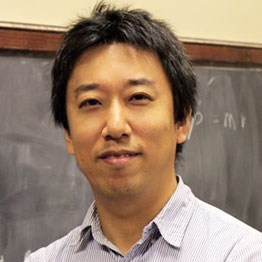
Research Center for the Early Universe, School of Science, The University of Tokyo, Assistant Professor
A03 Probing the origin of matter with optical/infrared and radio observations
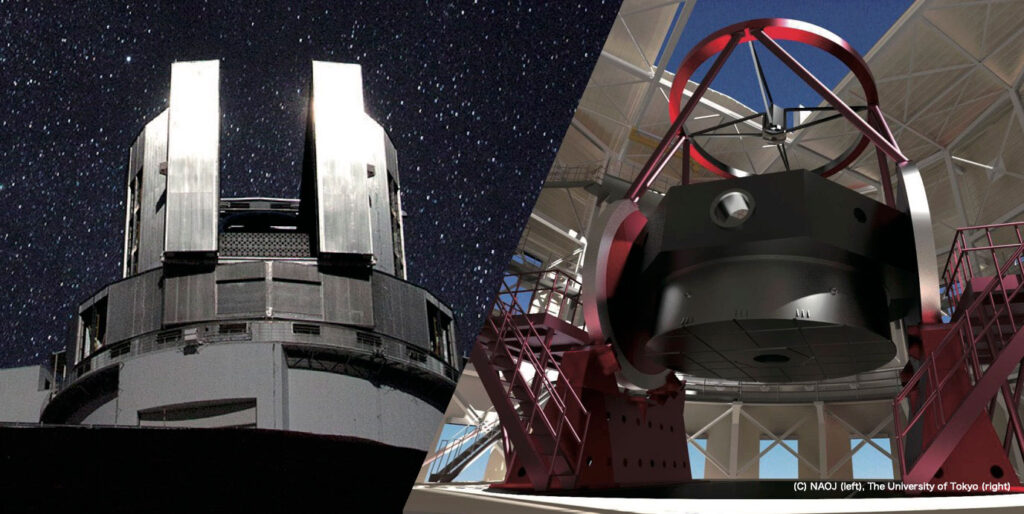
We will explore the origin of heavy elements by neutron star mergers through the observations of gravitational wave sources, and explore the origin of cosmic rays by identifying neutrino sources. For this purpose, we will develop an optical/infrared/radio observing network covering the entire sky.
Members List
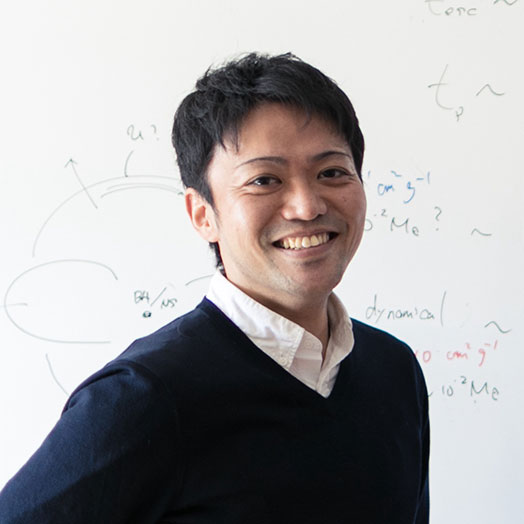
Astronomical Institute, Tohoku University, Associate Professor
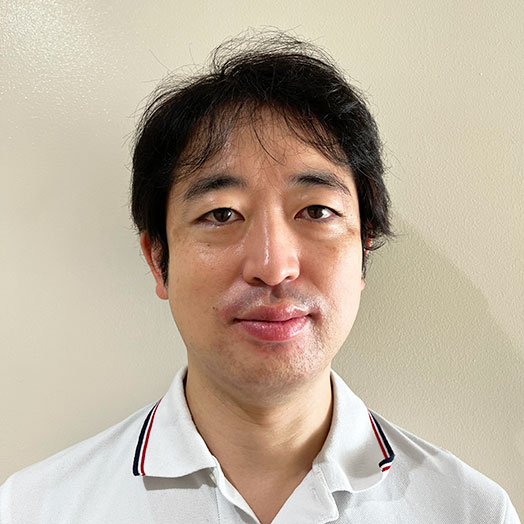
Division of Science, National Astronomical Observatory of Japan, Professor

Graduate School of Sciences and Technology for Innovation, Yamaguchi University, Professor

School of Science, Tokyo Institute of Technology, Associate Professor

Graduate School of Science, Kyoto University, Professor
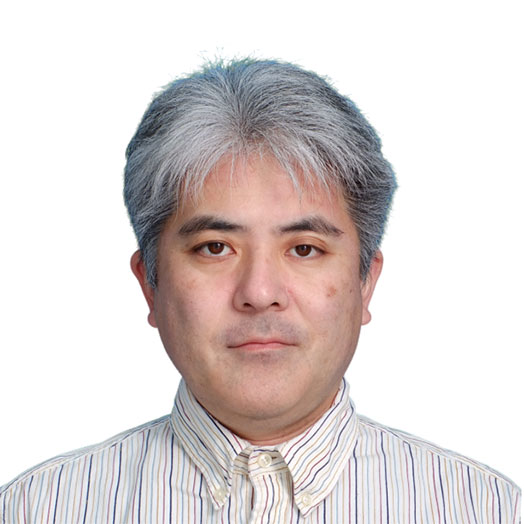
Hiroshima Astrophysical Science Center, Hiroshima University, Professor

School of Science, The University of Tokyo, Assistant Professor
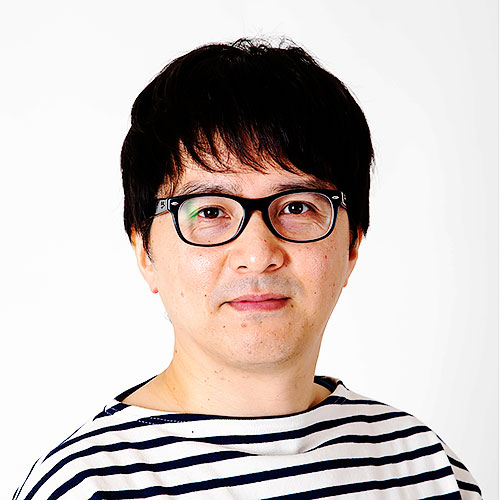
Planetary Exploration Research Center, Chiba Institute of Technology, Principal Staff Scientist
A04 Astronomical transients investigated by X-ray
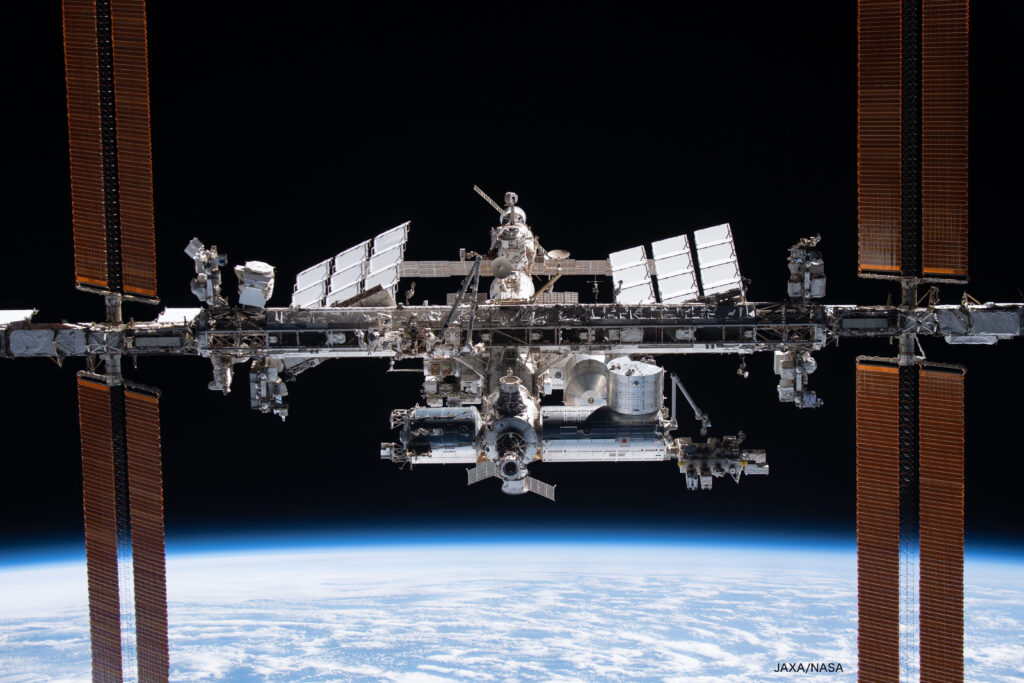
The role of X-ray observations in multi-messenger astronomy is to connect new messengers, such as gravitational waves and neutrinos, with traditional observations in visible light. X-ray observatories with a wide field of view detect transient phenomena simultaneously with gravitational waves or neutrinos. The alerts from these observatories enable observers in various wavelengths to follow up on the phenomena. In addition, different X-ray telescopes are suitable for analyzing different characteristics of light, such as color (energy), time variation, and polarization. Combining these telescopes, we will be able to clarify what kind of transients affect the evolution of the universe.
Members List

Aoyama Gakuin University College of Science and Engineering Assistant Professor
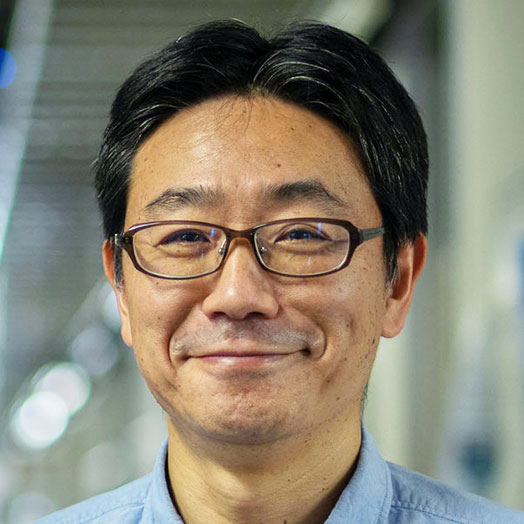
Aoyama Gakuin University College of Science and Engineering Professor

RIKEN Cluster for Pioneering Research Senior Research Scientist
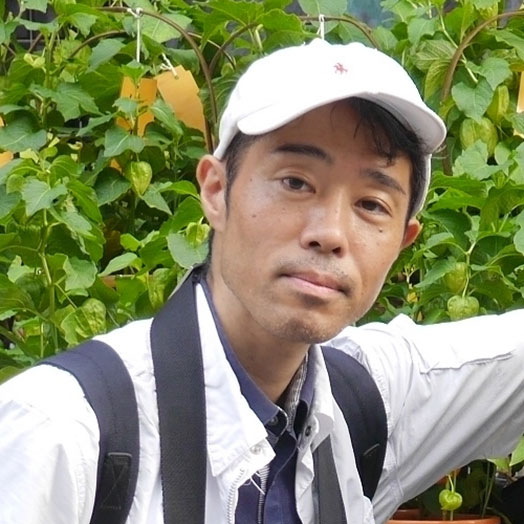
Hiroshima University Hiroshima Astrophysical Science Center Associate Professor

Kanazawa University Advanced Research Center for Space Science and Technology Assistant Professor

University of Tokyo Graduate School of Science Associate Professor
A05 Gamma rays delivered from the birth of the black holes
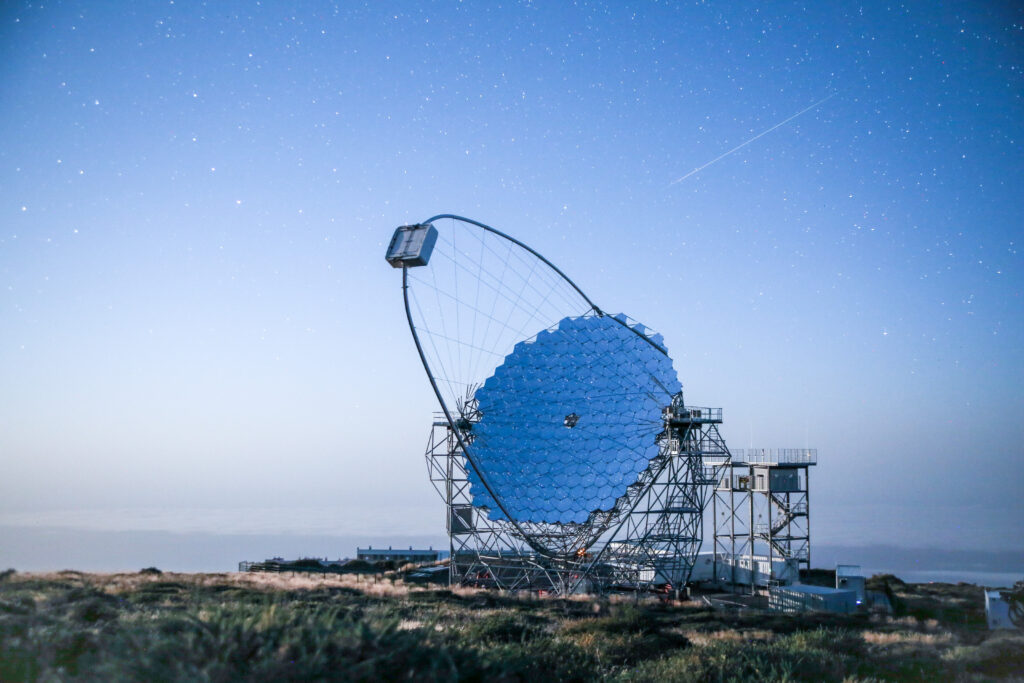
Gamma rays are electromagnetic radiation with the highest energy, which is known to be emitted in various high-energy phenomena in the universe.
At the birth of black hole, charged particles such as electrons and protons are accelerated, followed by high energy gamma rays.
We use the telescopes on the ground in order to investigate the gamma rays and try to understand the mysteries around the creation of the black holes.
Members List
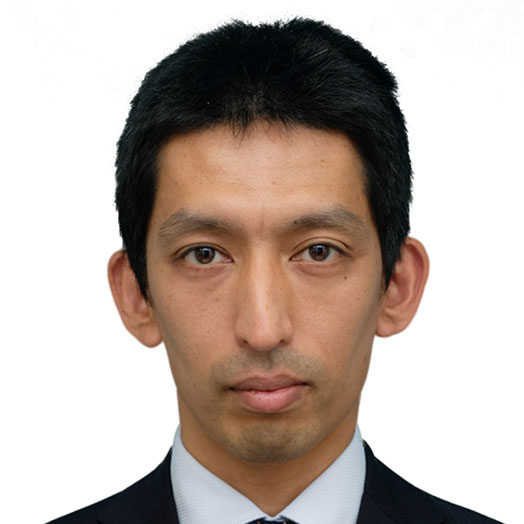
Chiba University
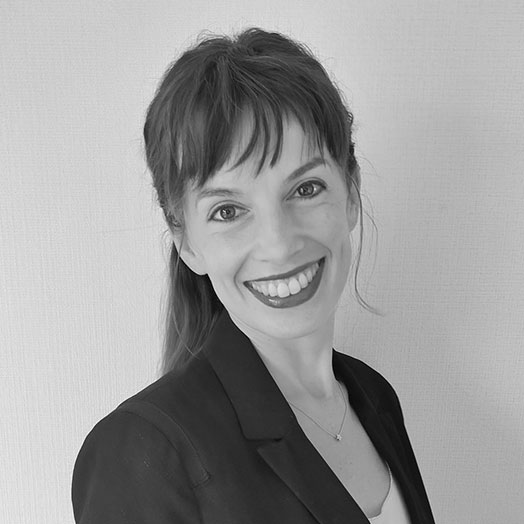
Daniela Hadasch ICRR, University of Tokyo
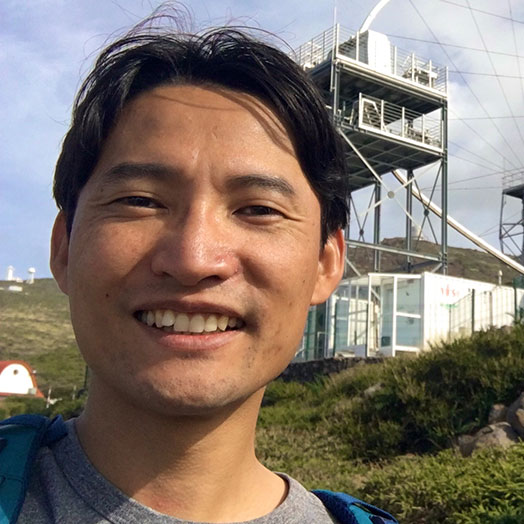
Hiroshima University

Ibaraki University

Tokai University
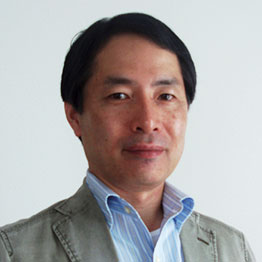
ICRR, University of Tokyo
B01 Acquisition of new “eyes” by developing multimessenger observation technologies
We will develop space- and ground-based celestial high-energy gamma-ray detectors and neutrino detectors by combining our shared expertise in high-energy astrophysics, which includes photon detectors, semiconductors, application-specific integrated circuits, and Monte Carlo simulations. Our goal is to expand the energy coverage and improve the sensitivity for the future advancement of multimessenger astronomy. Additionally, our public research funding program welcomes detector proposals that go beyond existing gamma-ray or neutrino detector ideas.
Members List

Institute for Space–Earth Environmental Research (ISEE), Nagoya University, Jr. Associate Professor
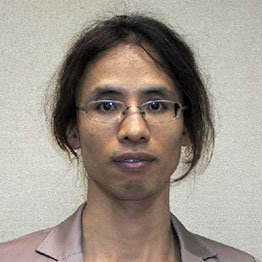
Graduate School of Advanced Science and Engineering, Hiroshima University, Professor
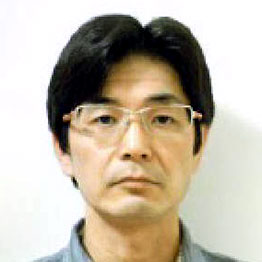
Institute of Science, Osaka Metropolitan University, Professor
B02 Further Transformation of Multi-messenger Satellite with Fusion of X-ray and Near-Infrared Observations
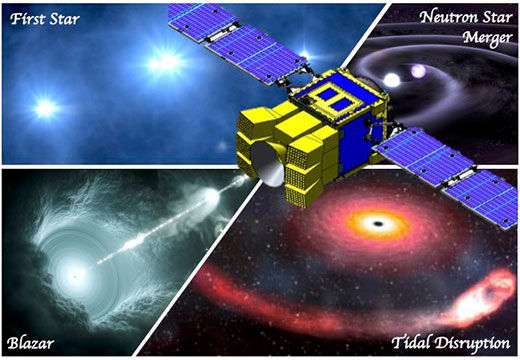
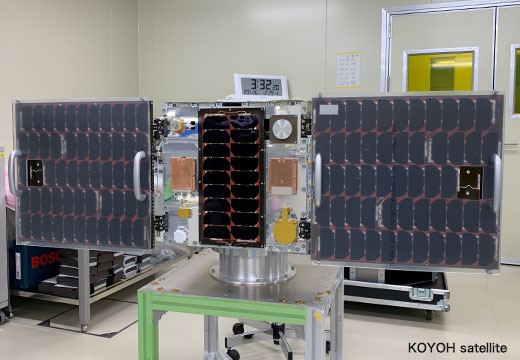
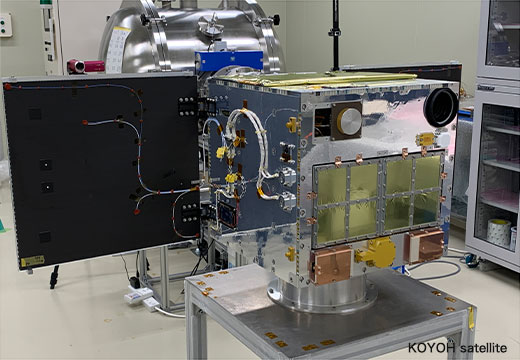
Our team promotes a space satellite project to be launched around 2030 for the purpose of further development of the multi-messenger astronomy to be established in this field. We will monitor a wide area of the universe with X-ray instruments, which are 10 times more sensitive than past and current satellites, to detect various high-energy transient phenomena. The satellite will immediately change its attitude toward the transient, and perform detailed observations with a near-infrared telescope. The combination of observation at two different wavelengths will open new world of multi-messenger astronomy.
Members List
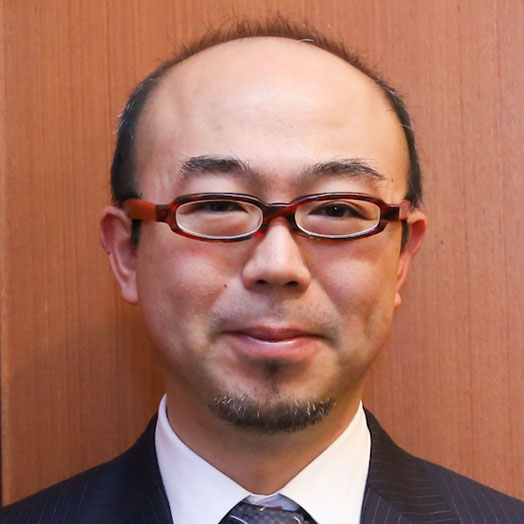
Kanazawa University, Professor
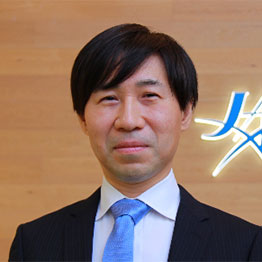
ISAS/JAXA, Assistant Professor

ISAS/JAXA, Professor
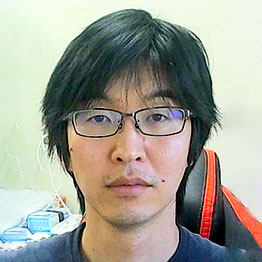
Kanazawa University, Associate Professor
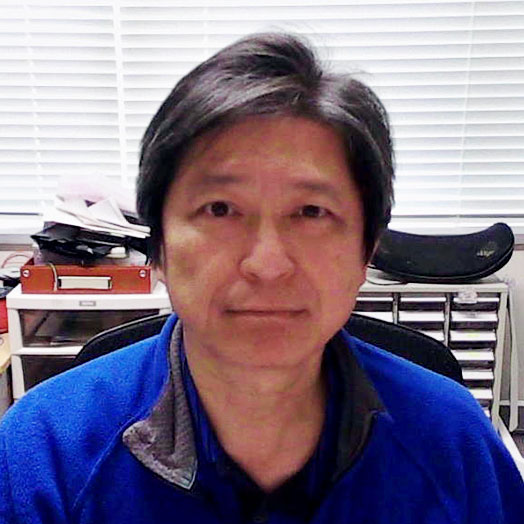
Yamagata University, Professor
C01 Theoretical study on multimessenger signals from neutrino-emitting astrophysical objects
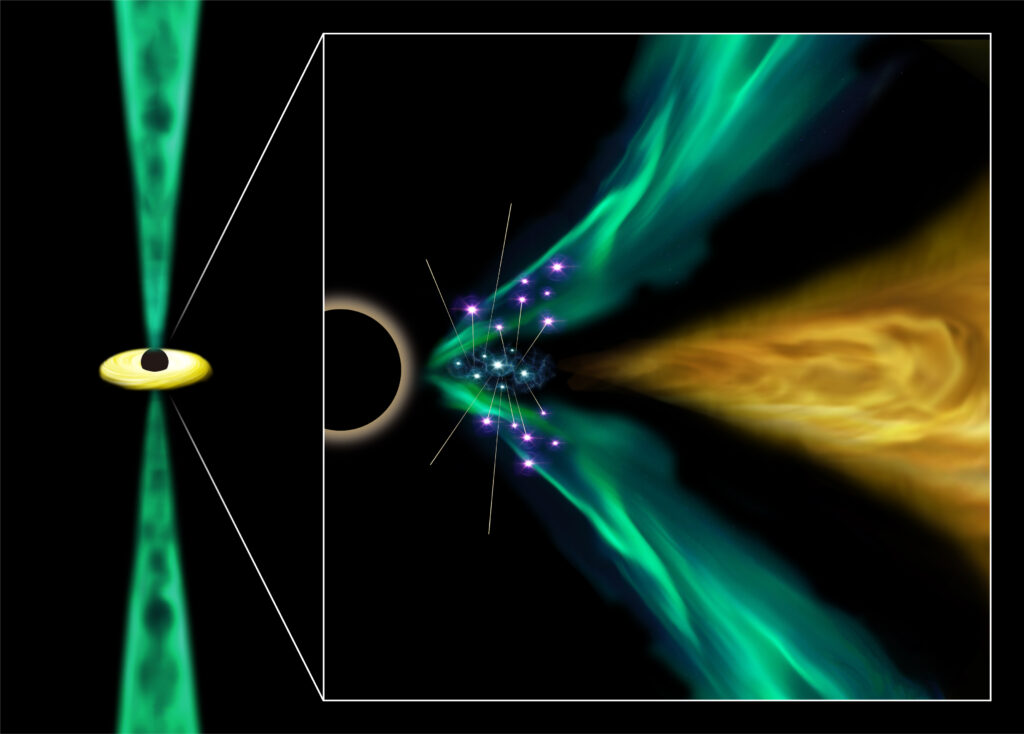
We will theoretically investigate high-energy particle production, including neutrinos, from various astrophysical transients powered by black holes. This will enable us to improve the multi-messenger observation strategy to identify cosmic-neutrino sources, establish the method to investigate the energy conversion mechanism at the vicinity of black holes where we cannot use electromagnetic waves, and test physical laws using the multi-messenger signals in the parameter range that we cannot achieve in laboratory experiments.
Members List

Frontier Research Institute for Interdisciplinary Sciences, Tohoku University; Assistant Professor

The Institute for Cosmic Ray Research, The University of Tokyo; Associate professor

Astronomical Institute, Tohoku University; Associate professor

Department of Physics, Tokyo Metropolitan University; Professor

Kavli Institute for the Physics and Mathematics of the Universe, The University of Tokyo; Visiting Scientist (Department of Physics, Virginia Tech; Associate professor)
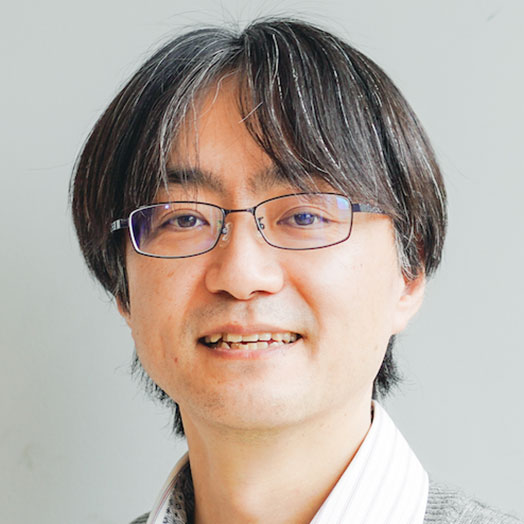
Department of Physical Sciences, Aoyama Gakuin University; Professor
C02 Theoretical studies for the multimessenger signals from strongly self-gravitating phenomena

The essential targets of multi-messenger astrophysics are strongly gravitating phenomena, such as the merger of neutron star binaries, the gravitational collapse of massive stars to black holes, gamma-ray bursts, and tidal disruption of stars and white dwarfs by supermassive black holes. We will elucidate these phenomena using cutting-edge numerical relativity simulations and reveal the waveform of gravitational waves, the neutrino luminosity, and the properties of the ejected high-speed matter. Furthermore, based on the obtained data, theoretical models are constructed to interpret future observational results, including element synthesis calculations, jet calculations, and the derivation of electromagnetic light curves and spectra. In particular, the aim is to obtain decisive insights into the central sources of gamma-ray bursts and heavy element synthesis associated with fast neutron capture.
Members List
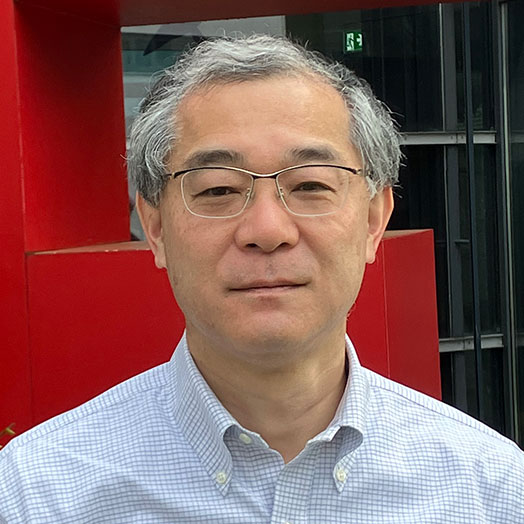
Yukawa Institute for Theoretical Physics, Kyoto University

Yukawa Institute for Theoretical Physics, Kyoto University
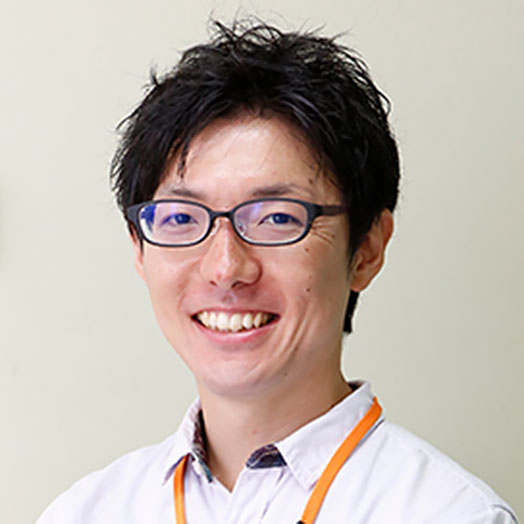
Department of Physics, Toho University

Research Center for the Early Universe, Graduate School of Science, The University of Tokyo
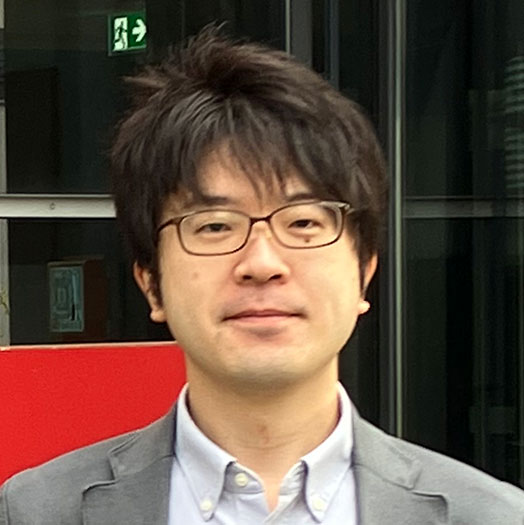
Institute for Cosmic Ray Research, The University of Tokyo

